Up, Down, and Up Again
The Dead Sea is the lowest point on the surface of the earth. From there, the only direction to go is up; and that’s exactly what we did. More specifically, we visited the Herodian fortress known as Masada. A three-minute cable car ride to this promontory palace gave us great views in every direction of an arid, empty, and foreboding rocky desert, much of which was once at the bottom of the Dead Sea.
Around 30 BC, Herod the Great assigned his builders to create three enormous remote fortresses, including this one, which was closest to his homeland of Edom. Masada gave Herod a handy refuge in the event of a successful revolt against his reign.
To form this monstrous mountaintop feature, 10 cisterns holding over 40,000 cubic meters of water were carved directly into the rock beneath the mesa by countless workers. Tour guide Roni showed us how the water flowed during the rare rainfalls into a system of aqueducts built into the side of nearby mountains. Baths, a cliffside entertainment room, and a dining hall complemented 114 stone casemates (adjoining rooms) dedicated to soldier quarters, storage of food, grain, oil, and, of course, weapons. A double-floored, three-roomed Roman sauna provided therapeutic hot, tepid, and cold temperatures year-round. This felt very much like a luxury resort perched in the middle of nowhere.
Although Herod the Great maintained power during his lifetime, about a hundred years after the fortress was built and long after he died, a Jewish revolt against Roman occupation in AD 70 yielded initial success. A small team of Jewish warriors sneaked up the mountain and overtook the fortress and did the same in two other similar Herodian bulwark retreats.
The story of Masada is one of a great feat of engineering, a surprising victory for the Jewish uprising, and a tragic ending. Researchers inform us that a few years after the taking of Masada, which was incredibly well-supplied with food, water, and all the essentials of daily life, a Roman legion of 6,000 cut off Masada from the rest of the known world in a great siege. We can see today the remaining military walls and surrounding encampments. From the view high above them, these almost looked like remains of sandcastles or some child’s military playset. But, of course, there is nothing playful about Masada.
Although the Jews held out for a long time, eventually the Romans built a great ramp and retook the fortress. However, before the Romans could complete their conquest, in order to protect their families from the horrors of Romans captivity, Jewish men drew lots to determine who among them would wield the blades by which they would take all of their own lives, including those of their families. Tragically, 967 lives were lost that night, which has led to a modern Jewish saying, “Masada will never fall again.”
With some deep contemplation, we next drove to Qumran, the site of the Dead Sea Scrolls. As Roni reminded us, this is another place where Scripture, archeology, and geology all come together.
In 1947, a year before the birth of modern Israel, 14,000 pieces of scroll were found in what is now simply called Cave 4. Put together, these pieces yielded 530 preserved scrolls. At a time when the Jewish people had just come through the Holocaust, these scraps of goat skins (once discarded after damage due to copy errors yet preserved due to reverence for Scripture) would show us that the modern translations of the Old Testament could be historically validated. We have stories today that when this information became public, the Jewish people were celebrating, blowing shofars, and dancing in the streets!
As the afternoon began sliding toward early evening, we headed up and down mountain roads on the final leg of our journey up to Jerusalem. We passed along the road of the Good Samaritan and saw our first camels and roadside Bedouin communities. We passed by Bethany, now known by the Arabic name Al-Eizariya, or the town of Lazarus.
From this point, things actually picked up speed! We got into the city and saw the Pool of Bethesda. We visited St. Anne’s Church to sing hymns with an unbelievable 12-second echo. The acoustics are beyond anything else we have experienced and elevated our voices to angelic heights. Simply put, they just don’t build ‘em like this anymore. And it filled our hearts to honor the Lord in this way together.
We continued along the Via Dolorosa (“The Way of Suffering” or “The Way of the Cross”) until we entered the markets of the Arab and Christian quarters. A visit to the Church of the Holy Sepulchre (only shared by six different Christian sects) allowed us to view sites of great pilgrimage: the stone on which Jesus’ body was first laid, the site of His tomb, and the foot of Golgotha. Although we cannot confirm the veracity of any of these sites, the feel of the place is incredibly powerful; and the hundreds of Christians traveling through the building served as a vivid reminder that the 2,000-year history of our faith is made of moments of believers in Jesus seeking to honor Him more. What could be better?
Finally, a post-dinner tour of the rabbinic tunnels, which we entered just outside the Western Wall, left us filled with awe over the massive architectural engineering used to build (and rebuild) this city over thousands of years. And our tour included a walk along the 1st-century walkways that everyone in Jerusalem, including most certainly Jesus Himself, used.
There is so much more to say, but we have just a bit more of up, down, and up again. We will soon head up the elevators to lie down in bed and will be up in just eight hours to grab breakfast and continue our tour of Jerusalem. And just to make it interesting, with Ramadan starting now, losing an hour for Israeli daylight saving time tonight, and Shabbat beginning at sundown tomorrow, there will be a lot happening here, and much beyond our control.
Please keep us in your prayers, and we will keep you updated on our travels.
Good night for now.
Be blessed!
Our Team
Blog author: David Lightfoot
Photos: Roxanne Lightfoot
Administrative Assistant to the Executive Director
The Friends of Israel Gospel Ministry

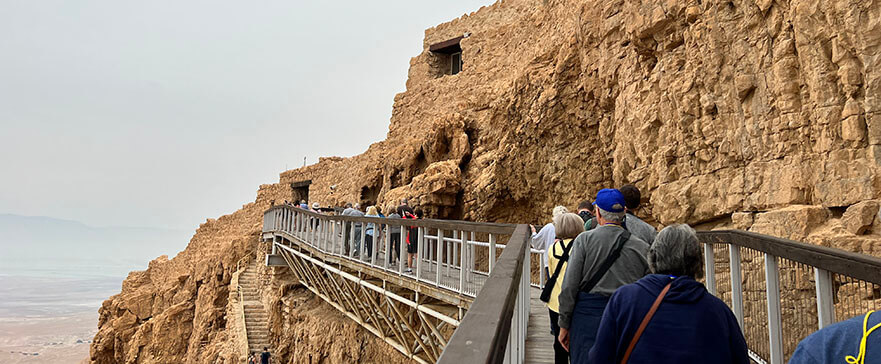


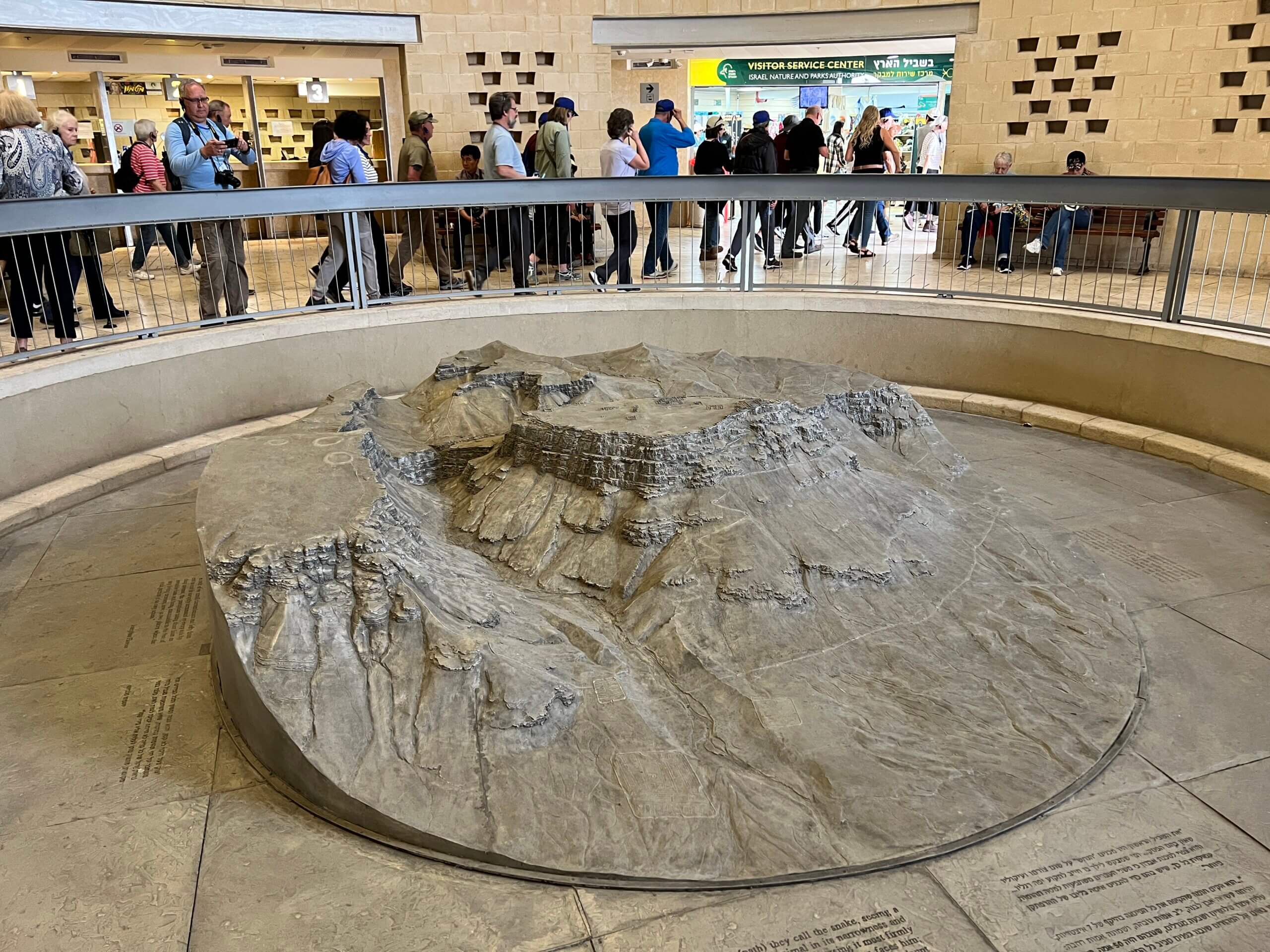
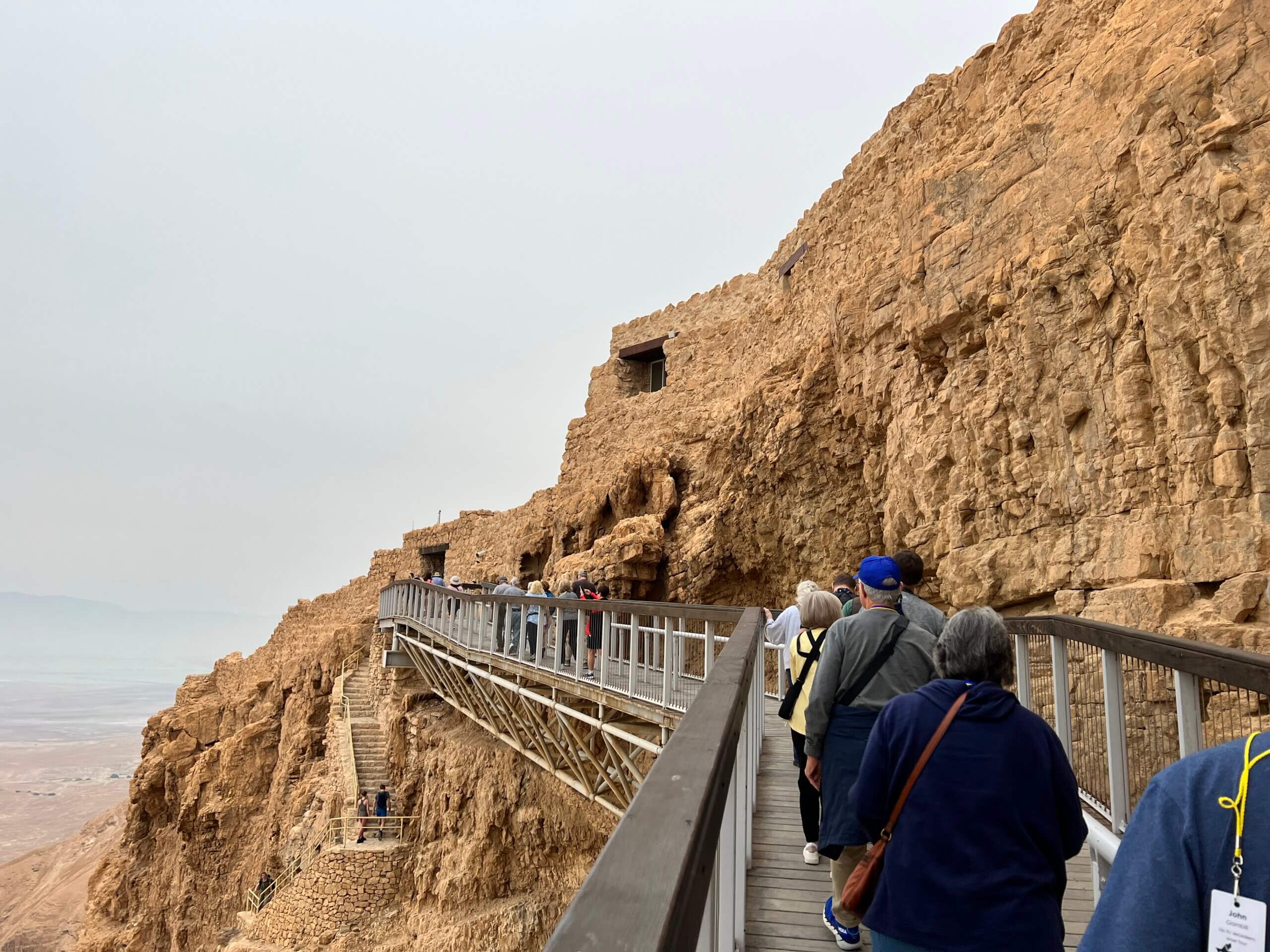

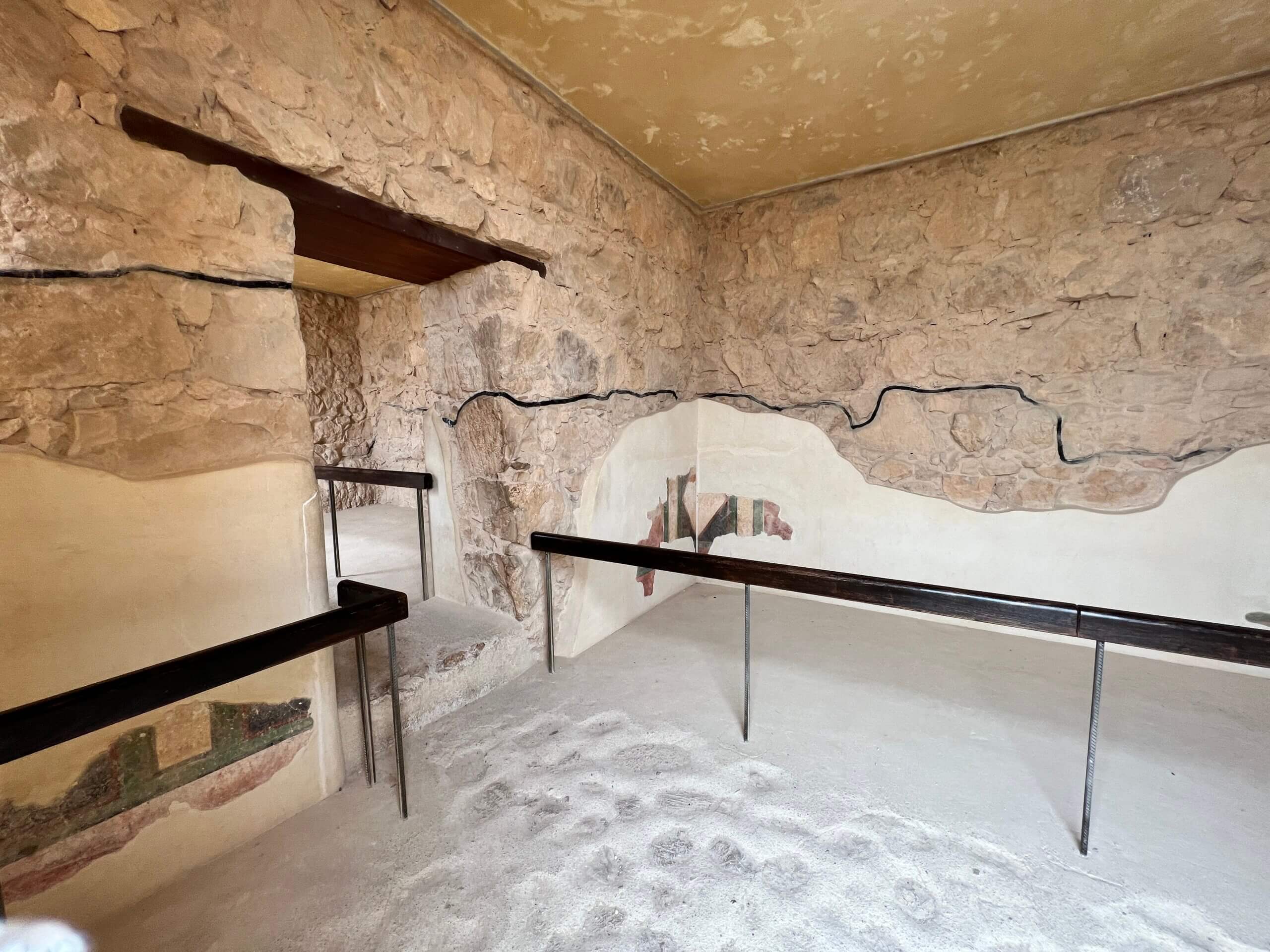
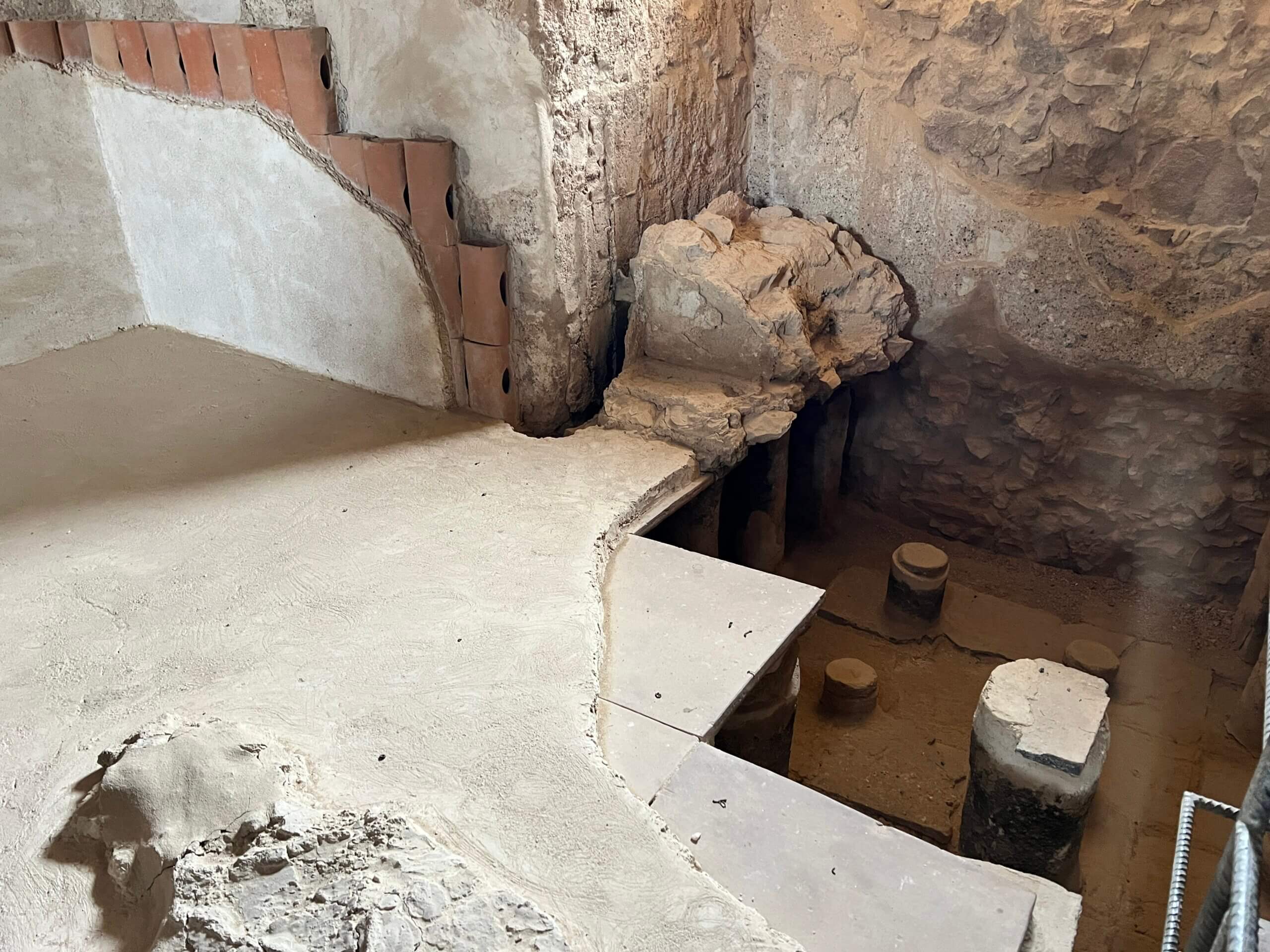
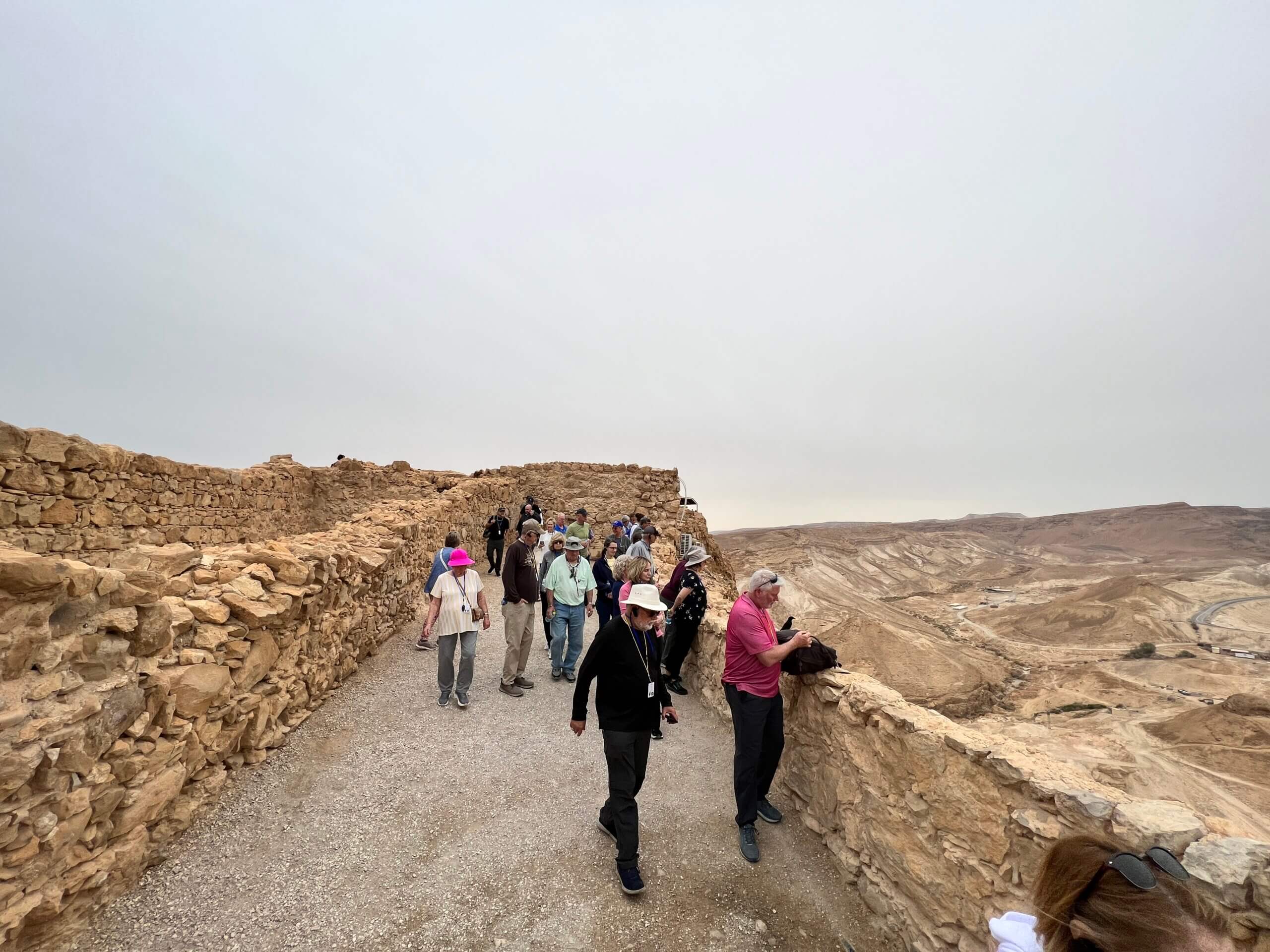
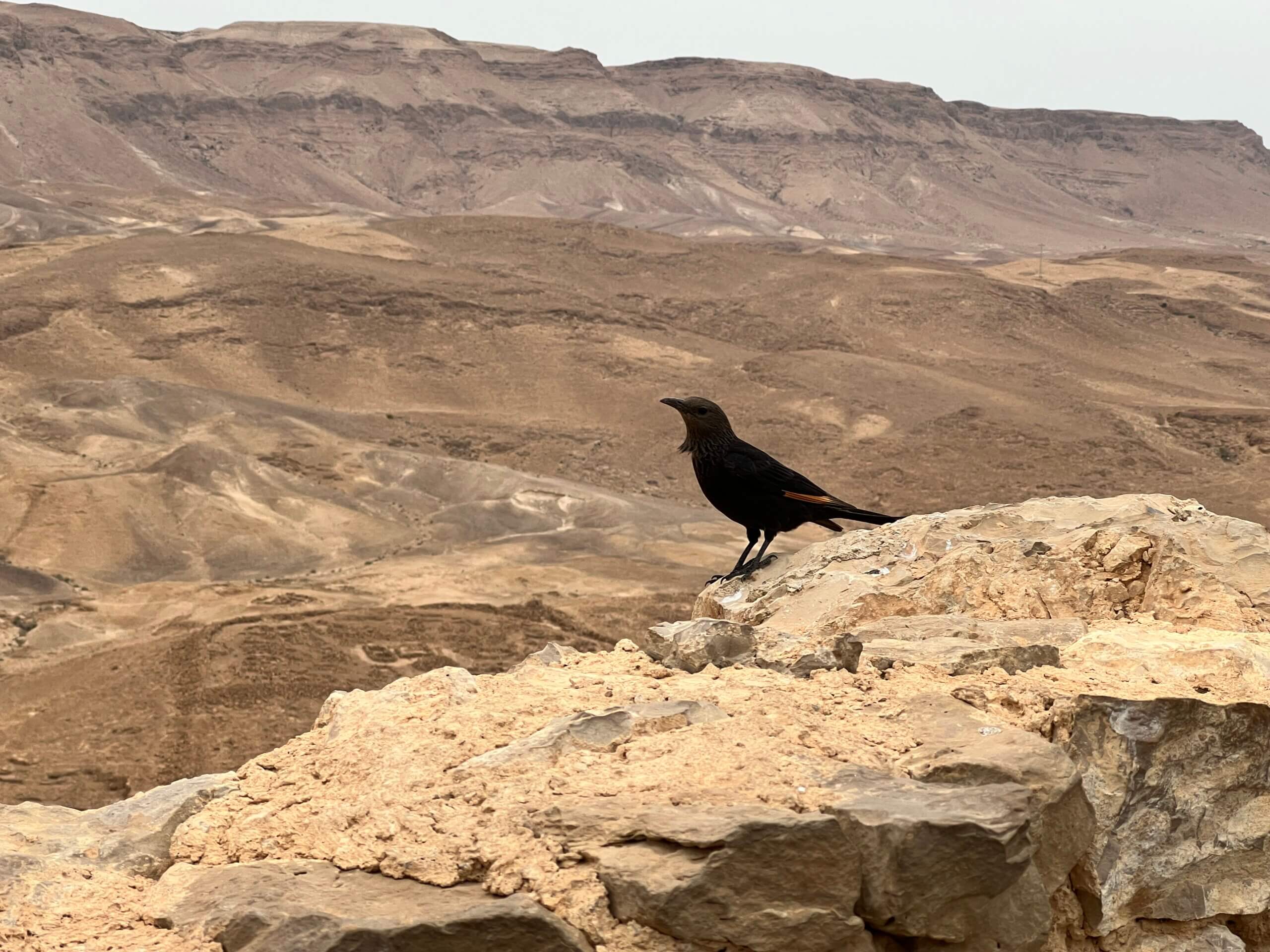
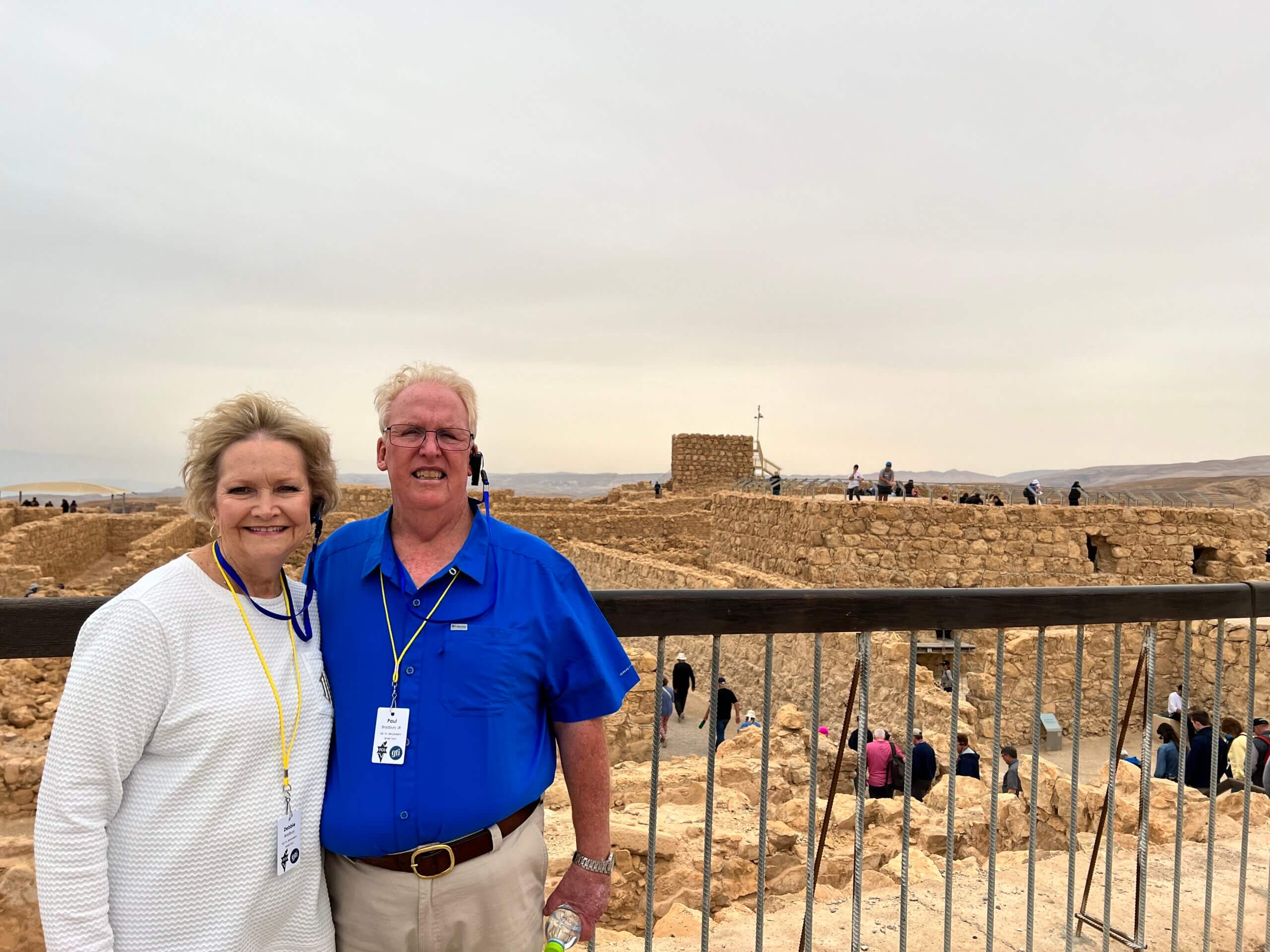

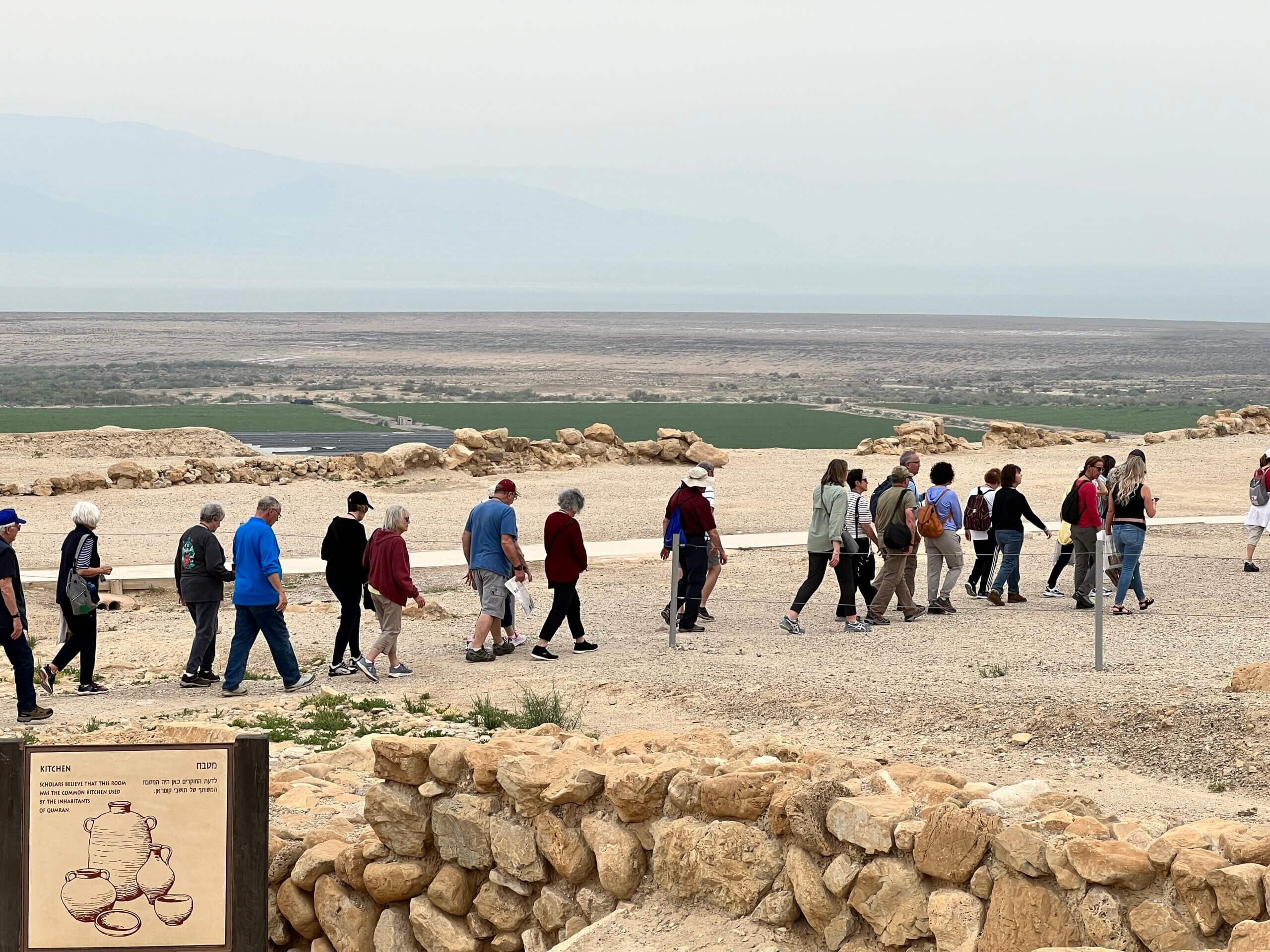
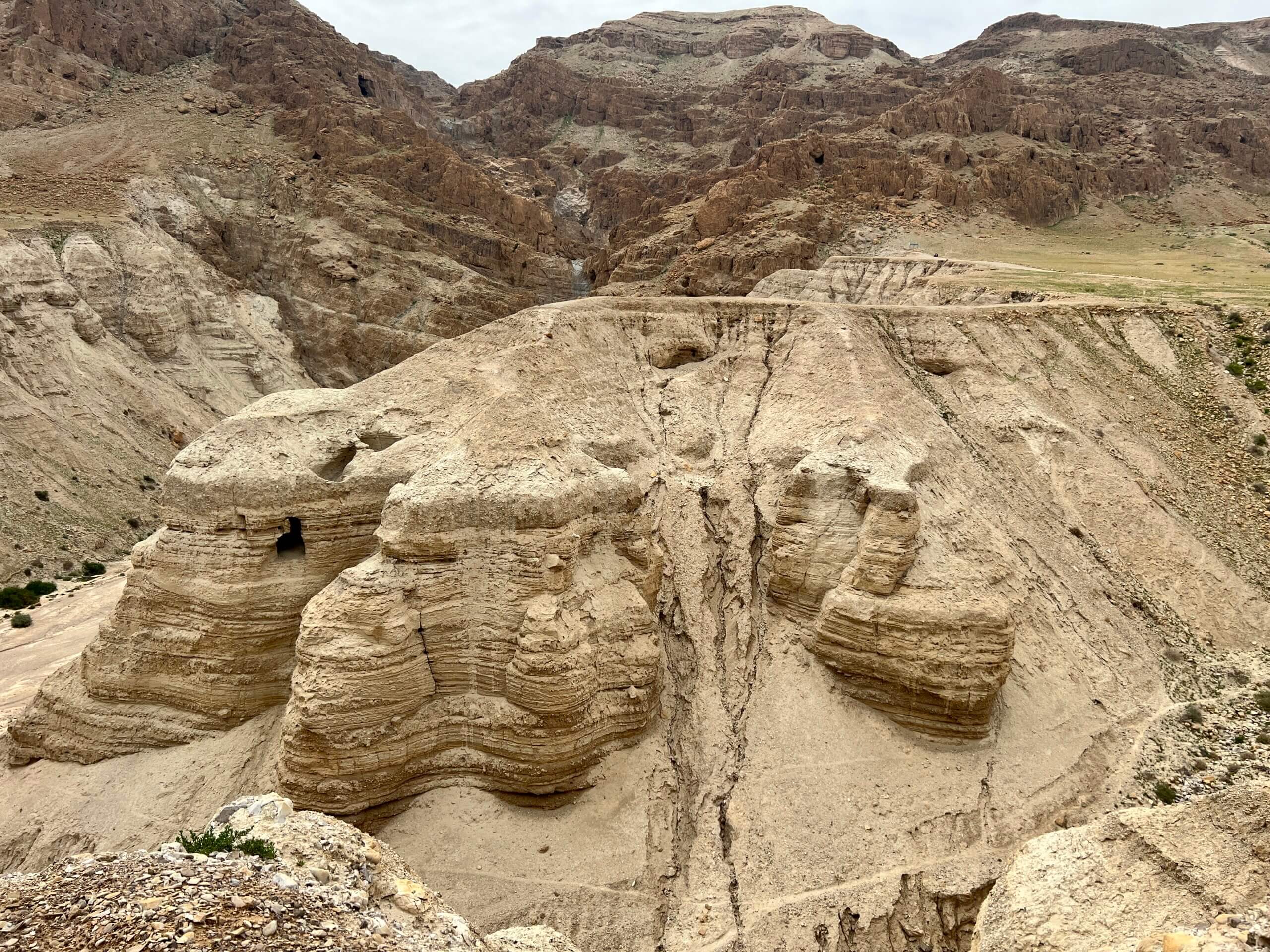
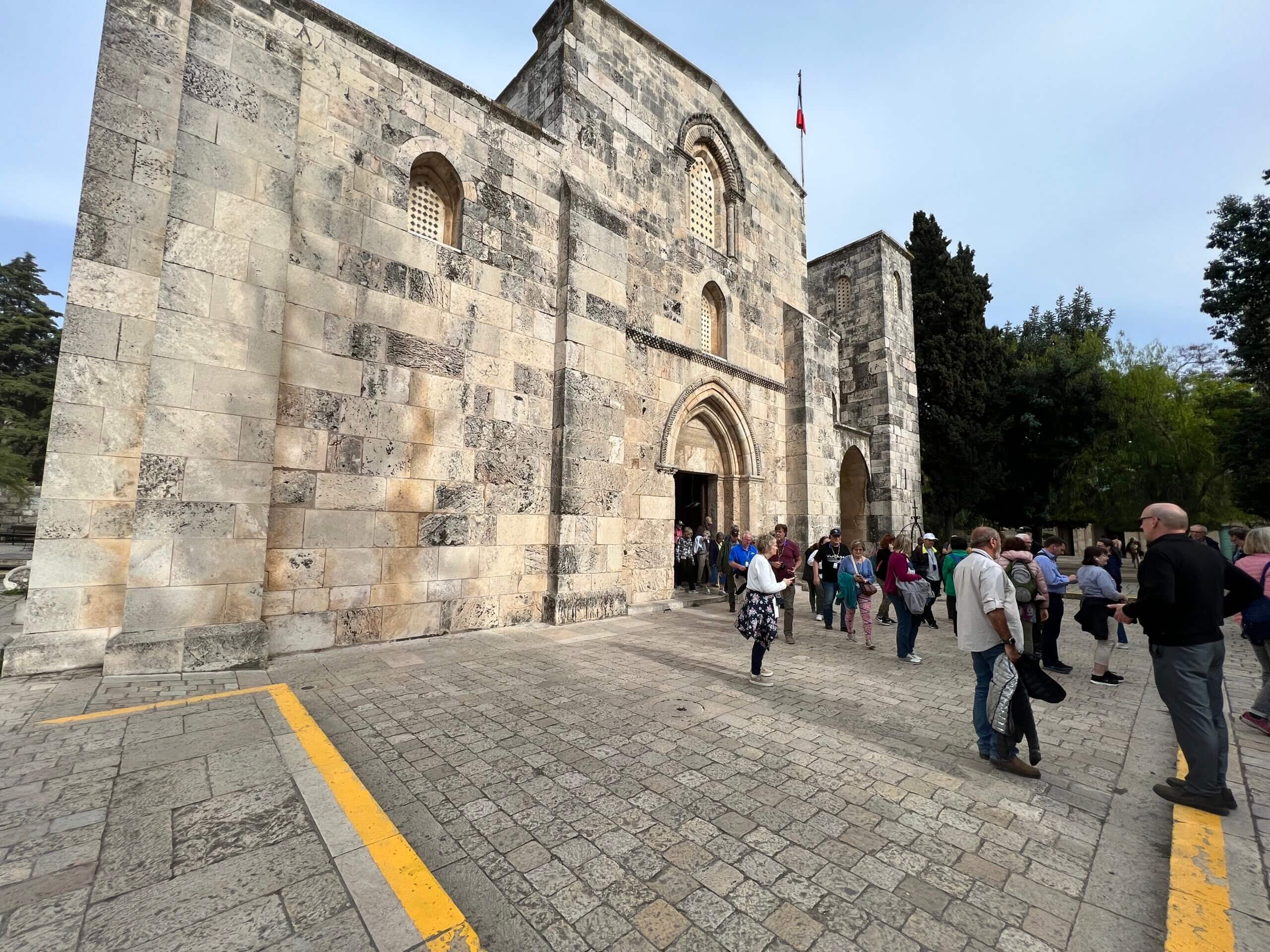


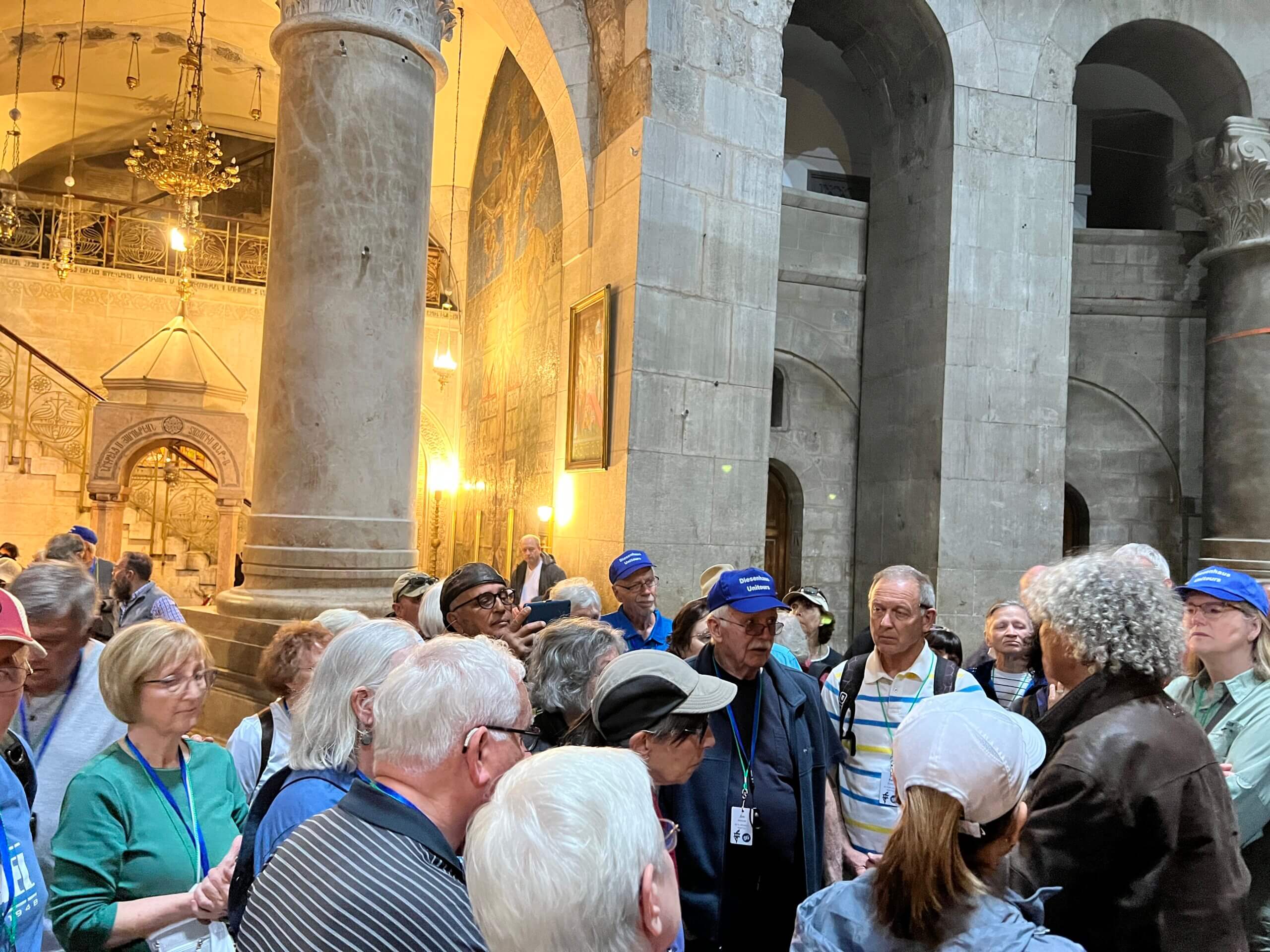

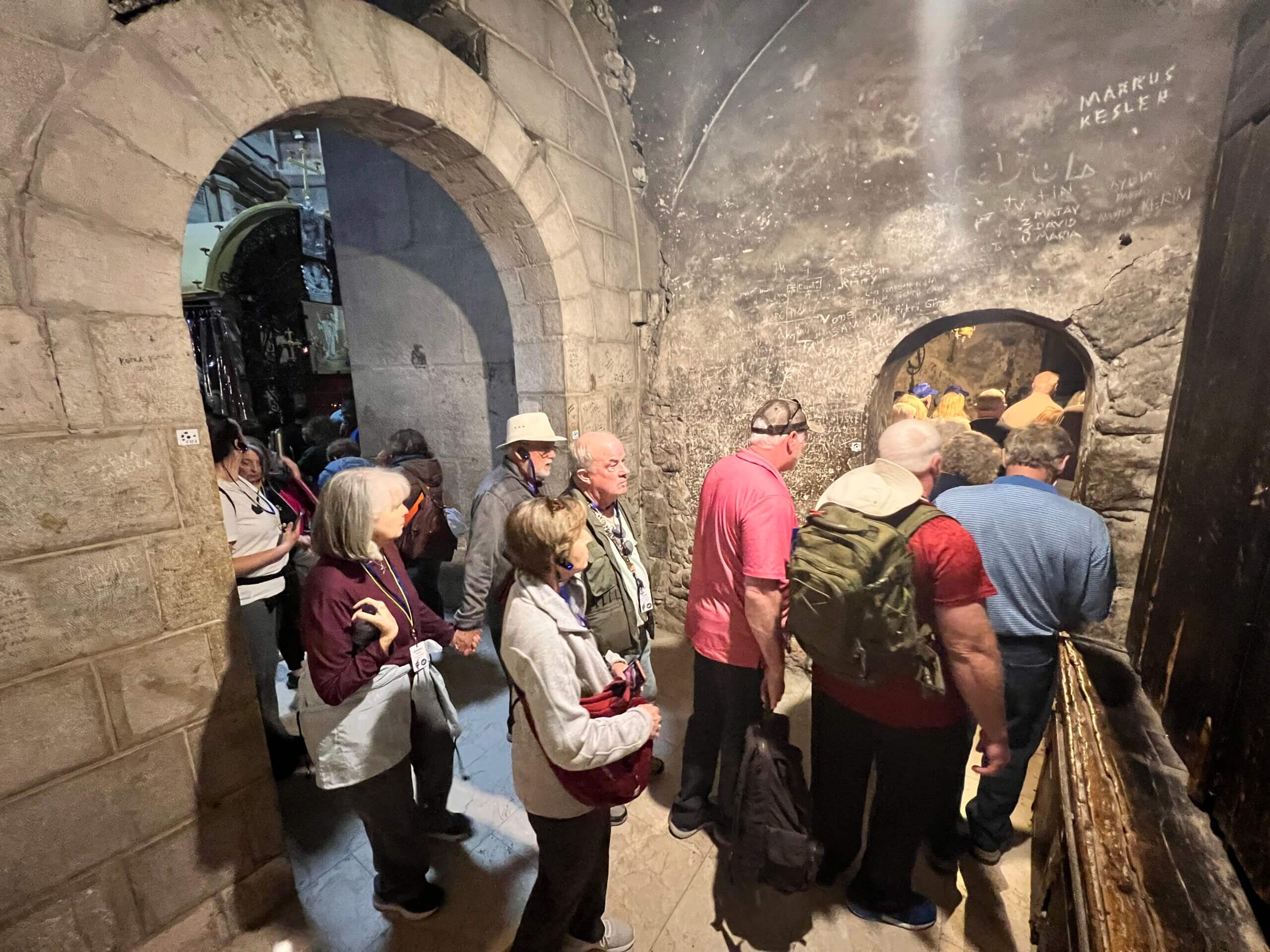
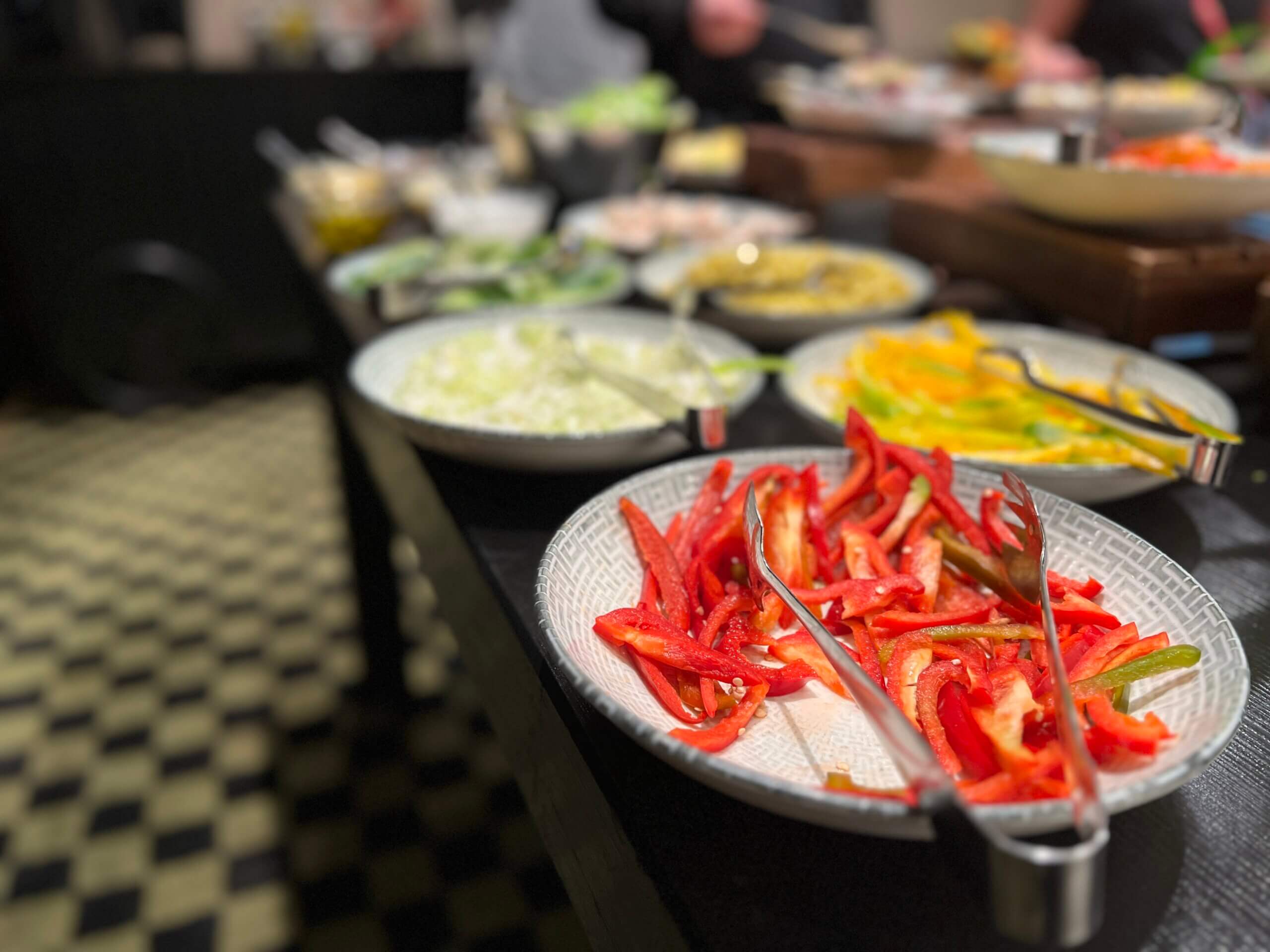
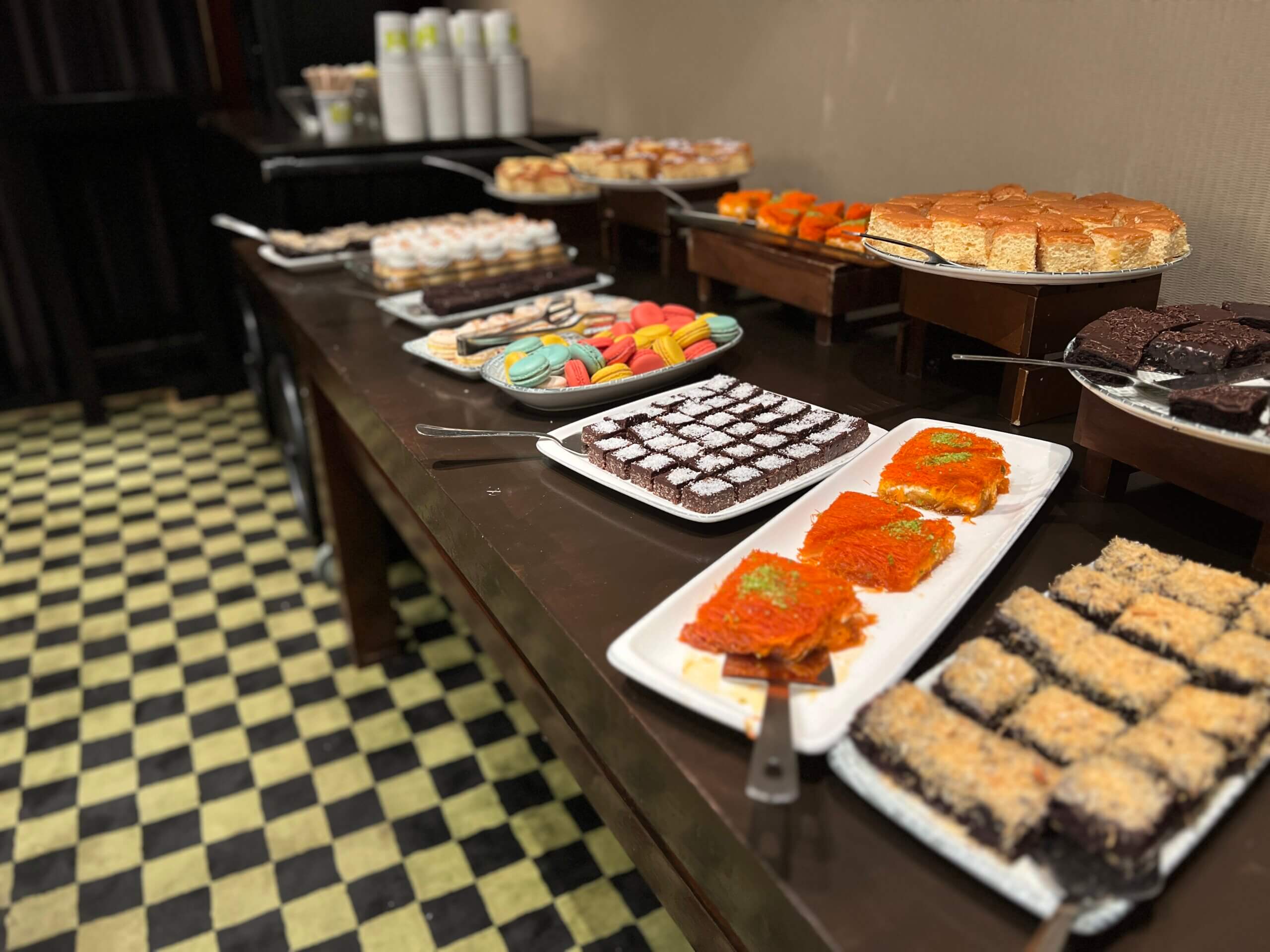
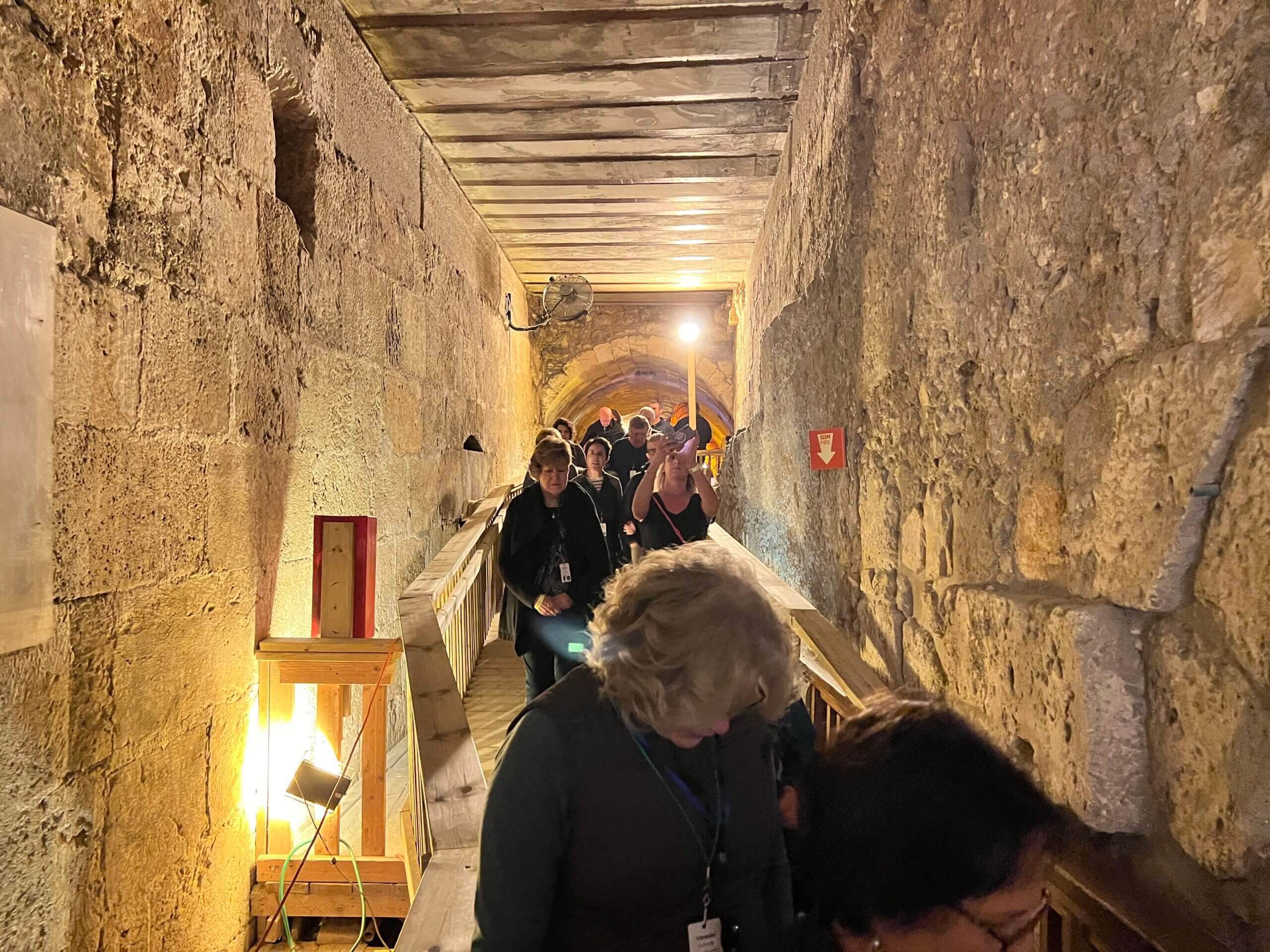
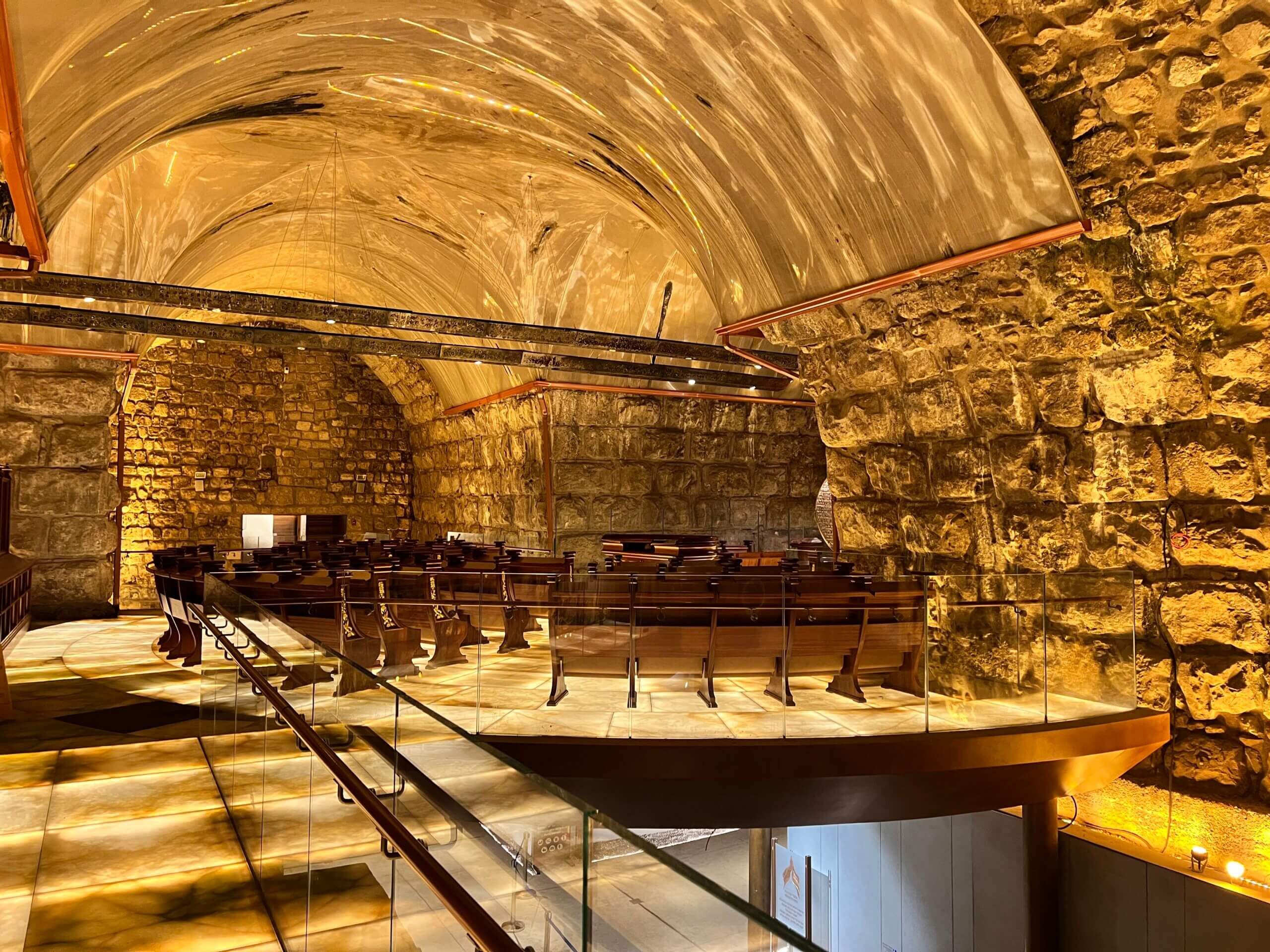


2 Comments on “Spring 2023 Up to Jerusalem Tour—Day Six”
Concise and very well written. Fine photos too. Thank you! Wish I was there.
Thank you, Tom!